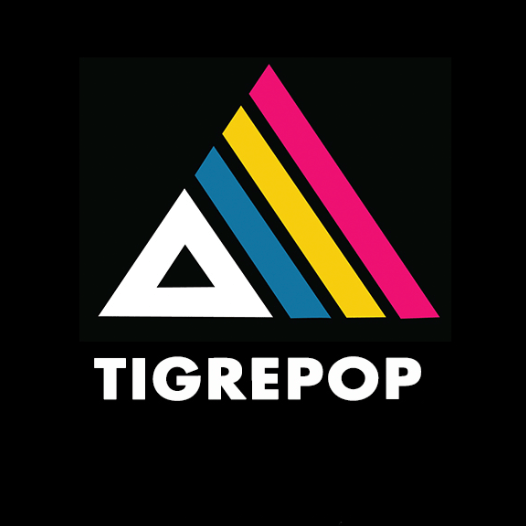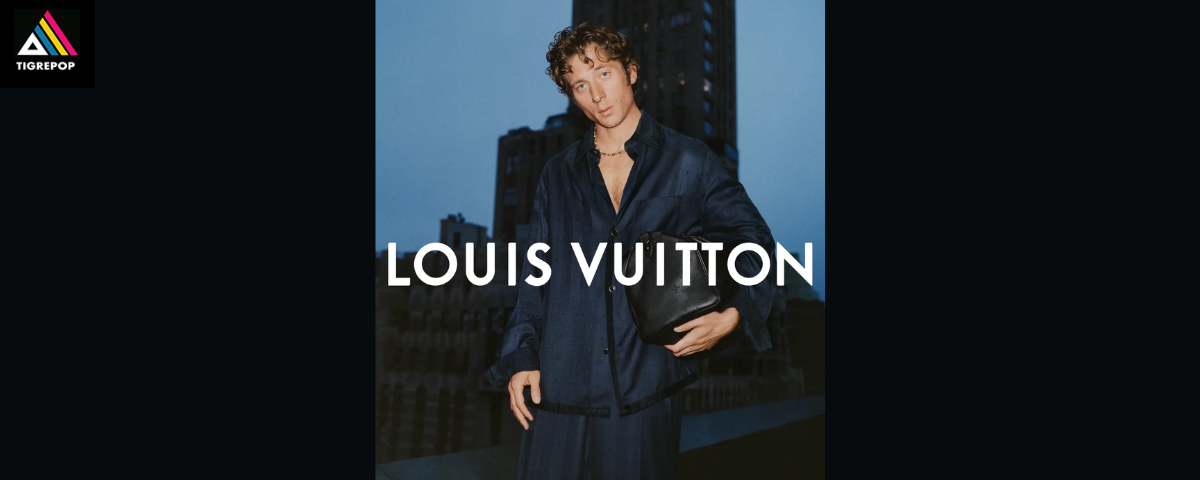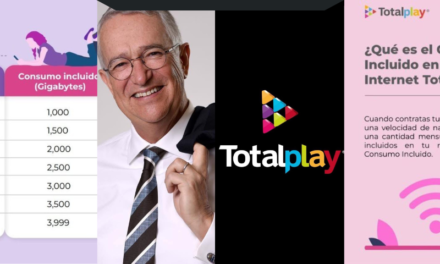In the world of contemporary luxury, where fashion houses don’t just dress bodies but also craft narratives and aspirations, choosing an ambassador is not a superficial decision. It’s a statement. That’s why the recent announcement of Jeremy Allen White — star of The Bear and symbol of the new male ideal — as global ambassador for Louis Vuitton represents much more than an aesthetic alliance: it’s a perfectly calculated strategy of emotional positioning, cultural reach, and brand renewal.
Under the creative direction of Pharrell Williams, Louis Vuitton is betting on a new visual and symbolic language that combines luxury, authenticity, and emotional closeness. Jeremy Allen White is the embodiment of that vision: unpretentious talent, street-style aesthetics with instinctive elegance, and an honest connection with the public.
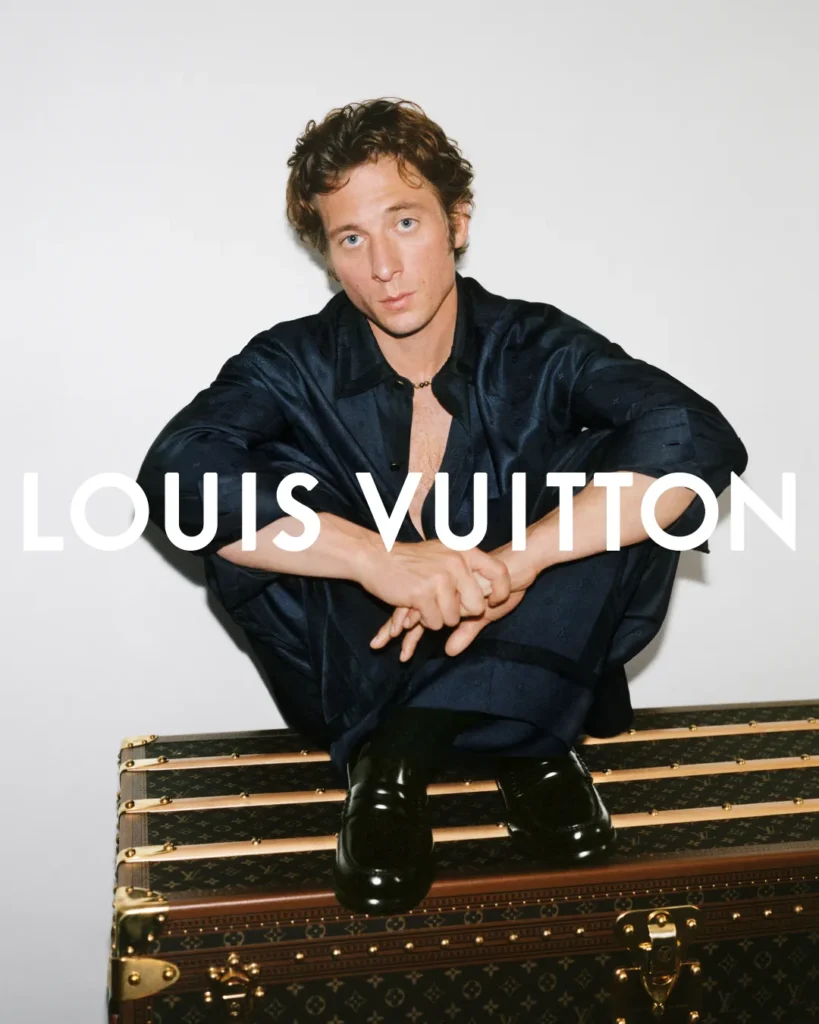
Who is Jeremy Allen White and why did Louis Vuitton choose him?
Jeremy Allen White became a cultural phenomenon thanks to his role as Carmy Berzatto in the series The Bear, where he plays a talented yet tormented chef who returns to run his family’s restaurant in Chicago. His performance has been critically acclaimed, earning him an Emmy, a Golden Globe, and a legion of followers who see him as the symbol of the “sensitive, imperfect, and real man” of this new era.
Far from hyper-glamorous aesthetics, Jeremy represents a type of masculinity that embraces vulnerability, effort, and authenticity — qualities Pharrell and Louis Vuitton seek to integrate into their renewed vision of luxury. In the maison’s own words, he is someone who “combines intensity and warmth, sobriety and charisma.”
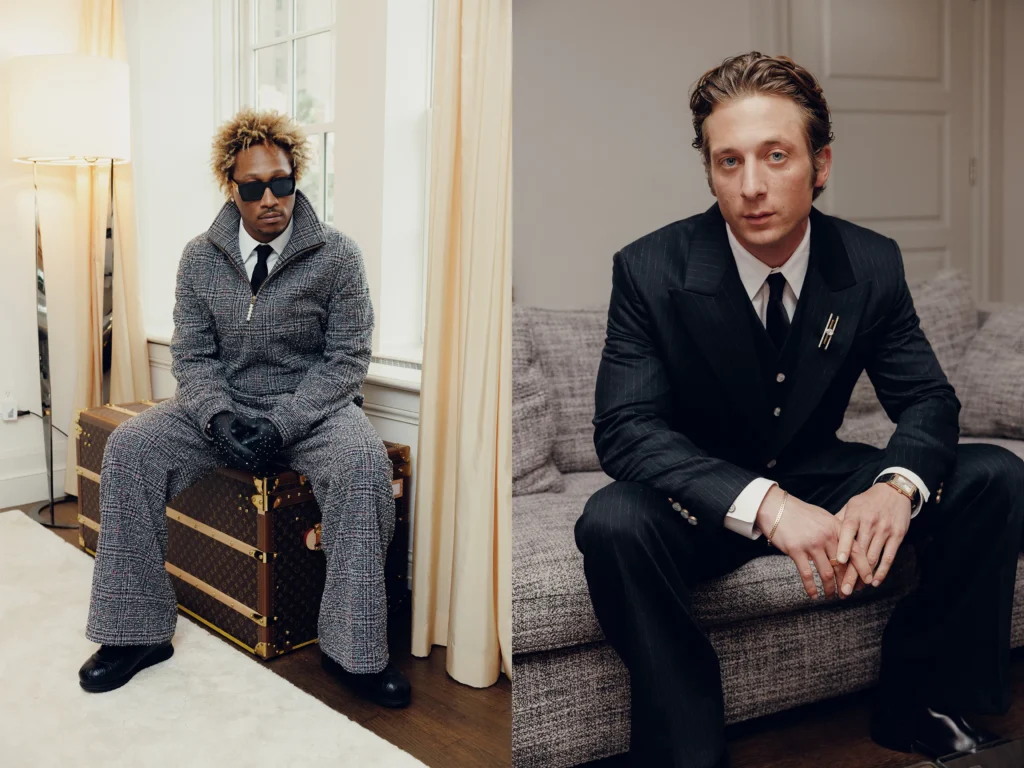
The campaign: narrative luxury and emotional fashion
The official presentation as global ambassador took place in February 2024, accompanied by a minimalist and highly symbolic visual campaign:
Jeremy appears in a white linen suit with contemporary cuts, carrying a Keepall 55 Monogram Eclipse, an iconic piece of the house.
The setting is sober: a closed restaurant, a messy kitchen, an empty bench. Everything evokes the narrative universe of The Bear, but with a Louis Vuitton aesthetic.
The message isn’t explicit: “In the quiet, presence becomes luxury.”
This campaign reflects the strategy of “narrative luxury,” where houses don’t sell clothes but characters, atmospheres, and interpretations of the contemporary world.
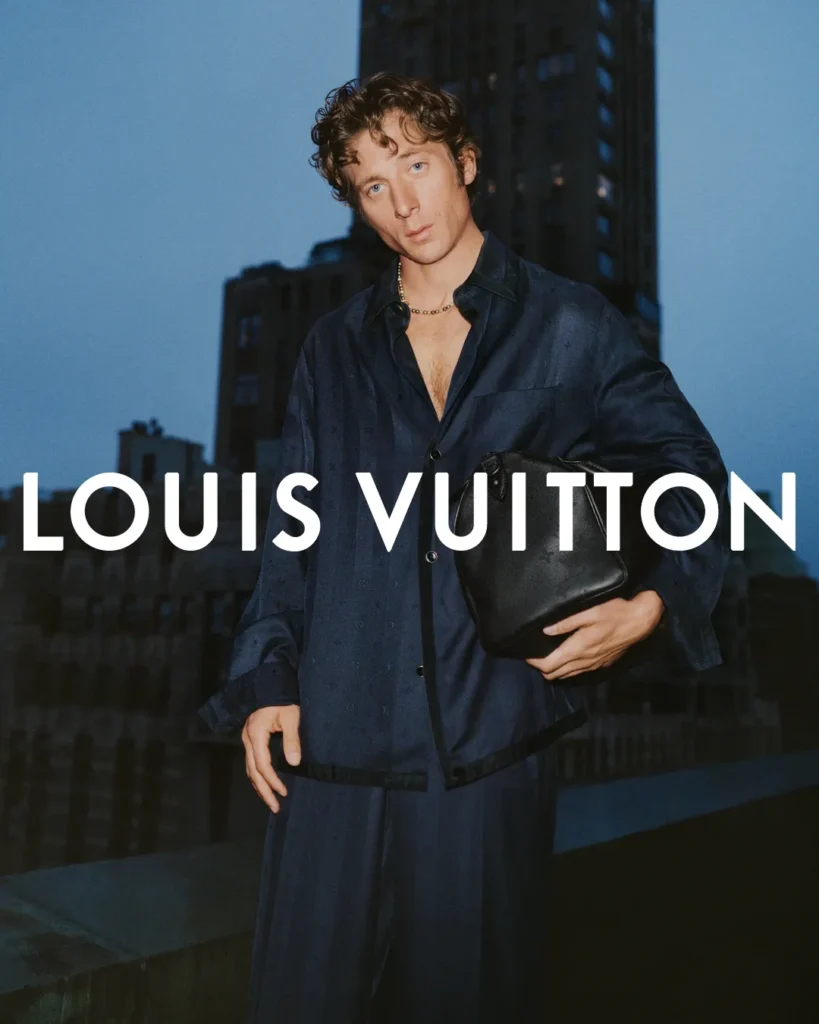
From catwalks to streaming: fashion follows culture
Louis Vuitton has been strategically moving for years at the intersection of fashion, music, art, and film. After collaborations with BTS, Zendaya, Timothée Chalamet, and Rihanna, the incorporation of Jeremy Allen White not only expands the brand’s reach but also brings it closer to a more introspective, mature, and emotionally connected audience.
In this sense, Jeremy represents a break from the classic ambassador paradigm: he’s not an influencer, not a model, doesn’t have a meticulously perfect aesthetic. He is charismatic because of his authenticity, and that’s what Louis Vuitton seeks today: figures who don’t just look good in their clothes, but project an aspirational and human narrative.
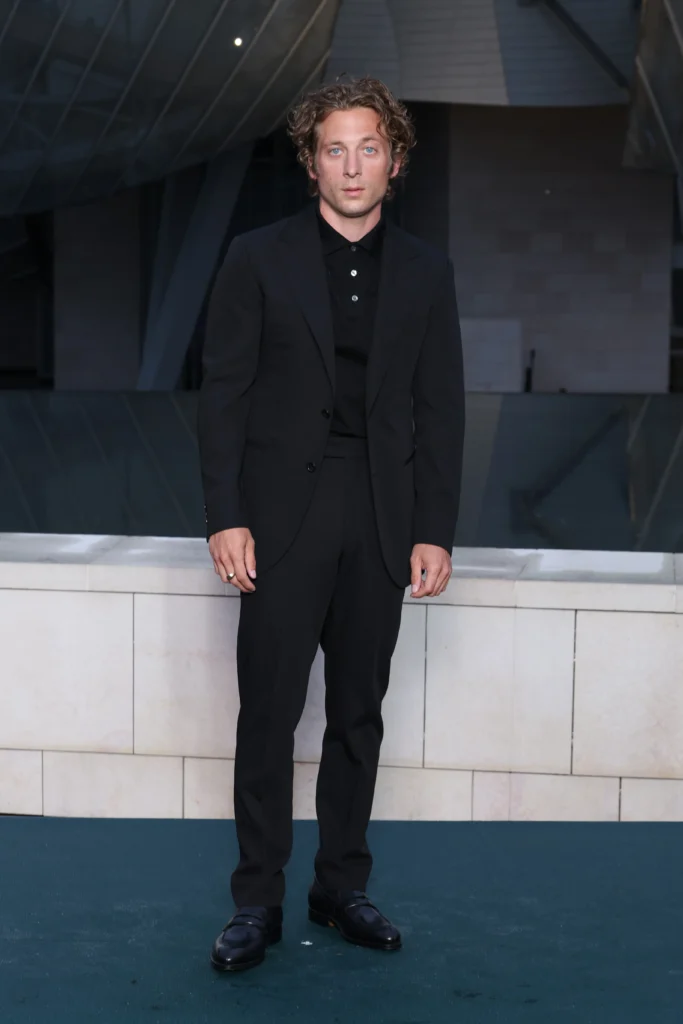
A key move in contemporary luxury marketing
This choice responds to several key trends in current luxury marketing:
- Emotionalization of the product
Luxury is no longer based solely on scarcity or price, but on emotions, values, and cultural symbols. Jeremy represents sensitivity, artistic commitment, and personal evolution — everything new generations seek in a brand.
- Diversification of the male ideal
Louis Vuitton is moving away from hyper-masculine or superficially perfect models, opting for real, vulnerable, and culturally engaged men. Jeremy connects with that new male consumer who values both design and discourse.
- Presence in streaming and premium content
By being linked to a cult series like The Bear, Jeremy allows Louis Vuitton to organically enter the universe of the most awarded and talked-about audiovisual content, with visibility on platforms like Hulu and Disney+.
- Emotional expansion of luxury
With this alliance, Louis Vuitton positions itself as a brand that not only dresses events but inhabits emotions: anxiety, ambition, tenderness, chaos… all present in Jeremy’s characters and personality.
Public and social media reaction
The campaign had an immediate impact:
More than 20 million interactions on Instagram, X (Twitter), and TikTok in the first few days.
The hashtag #JeremyForLV trended in 12 countries.
Fan art, memes, and posts from The Bear fans combining scenes from the series with Louis Vuitton aesthetics.
Opinions were divided between those celebrating the originality of the choice and those who expected a more “classic aspirational” figure.
This response reflects the cultural relevance of the move: it’s not just a fashion campaign, it’s a public conversation about what luxury means today and who represents it.
The new luxury is human
The alliance between Jeremy Allen White and Louis Vuitton represents an evolution of luxury marketing towards authenticity, emotional connection, and character building. Instead of selling distant glamour, the maison bets on faces that embody stories: of effort, chaos, talent, self-love, and the search for purpose.
Jeremy Allen White doesn’t just wear Louis Vuitton. He inhabits it. And in doing so, the brand gains a new layer of depth, sensitivity, and cultural relevance. Because in the new luxury, it’s no longer enough to look good — you have to feel, and make others feel.
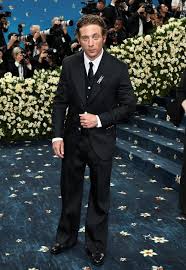
Referencias
Business of Fashion. (2024). Louis Vuitton Names Jeremy Allen White as New Global Ambassador. Recuperado de https://www.businessoffashion.com
Forbes. (2024). Jeremy Allen White and the Evolution of Luxury Masculinity at Louis Vuitton. Recuperado de https://www.forbes.com
Highsnobiety. (2024). From the Kitchen to Couture: Jeremy Allen White for Louis Vuitton. Recuperado de https://www.highsnobiety.com
Louis Vuitton. (2024). Introducing Jeremy Allen White as Global Ambassador. Recuperado de https://www.louisvuitton.com
Vázquez, L. (2023). La narrativa emocional en el marketing de lujo contemporáneo. Revista de Branding Cultural, 9(1), 41–58.
